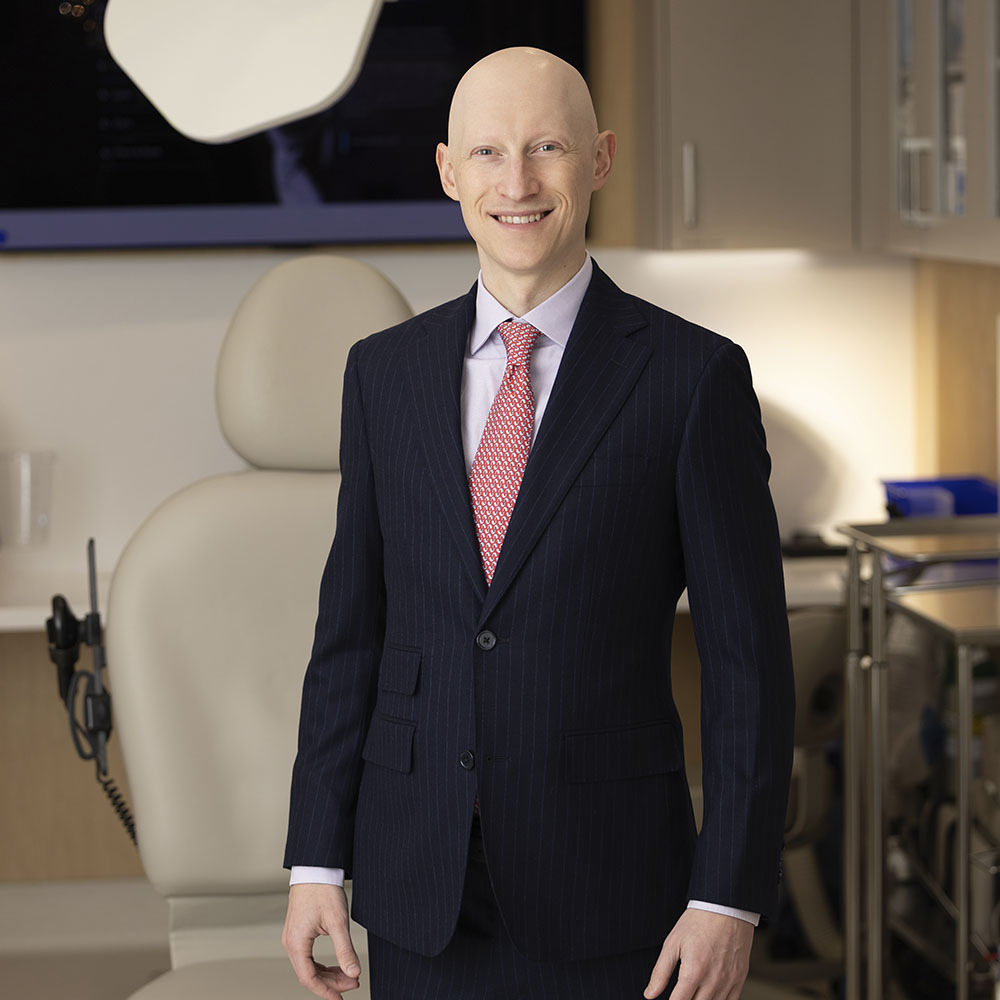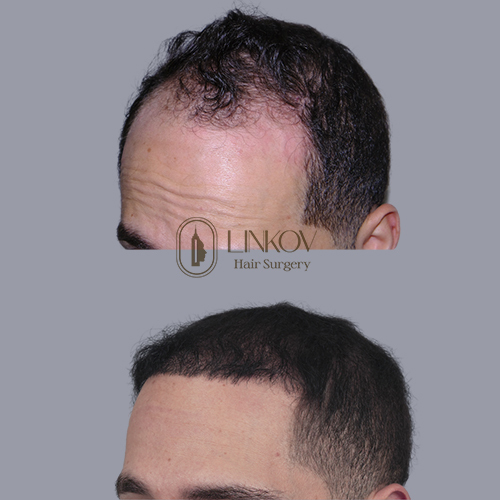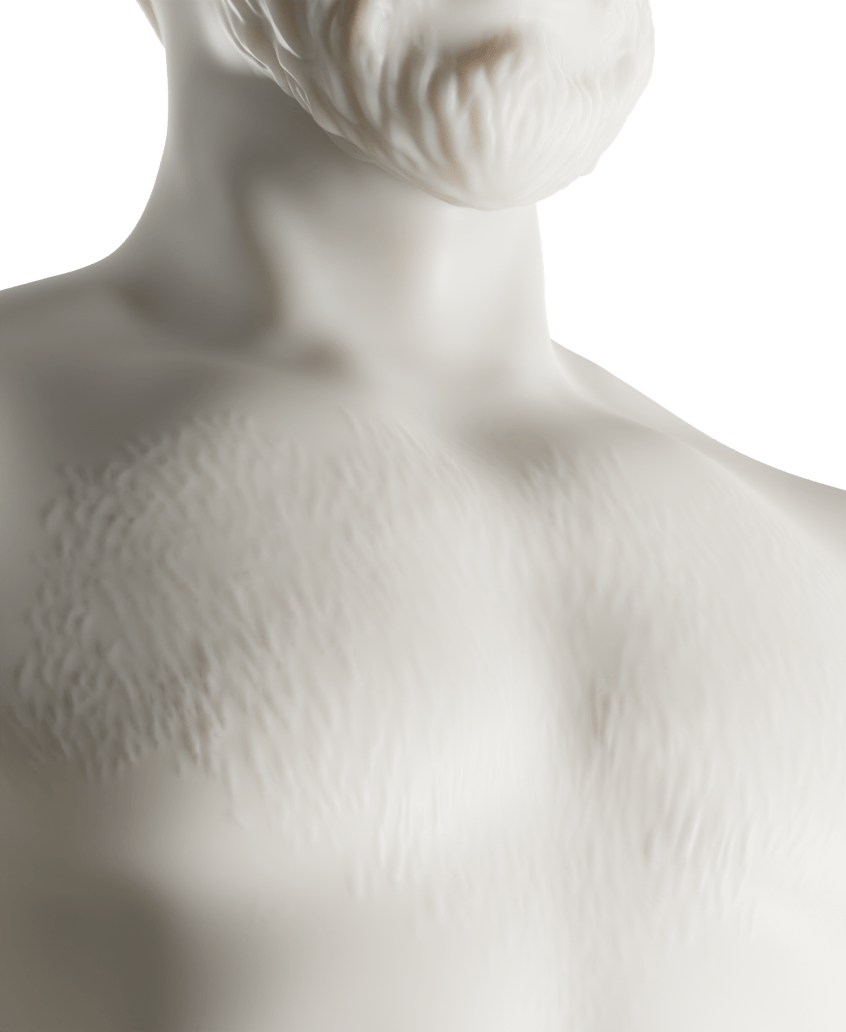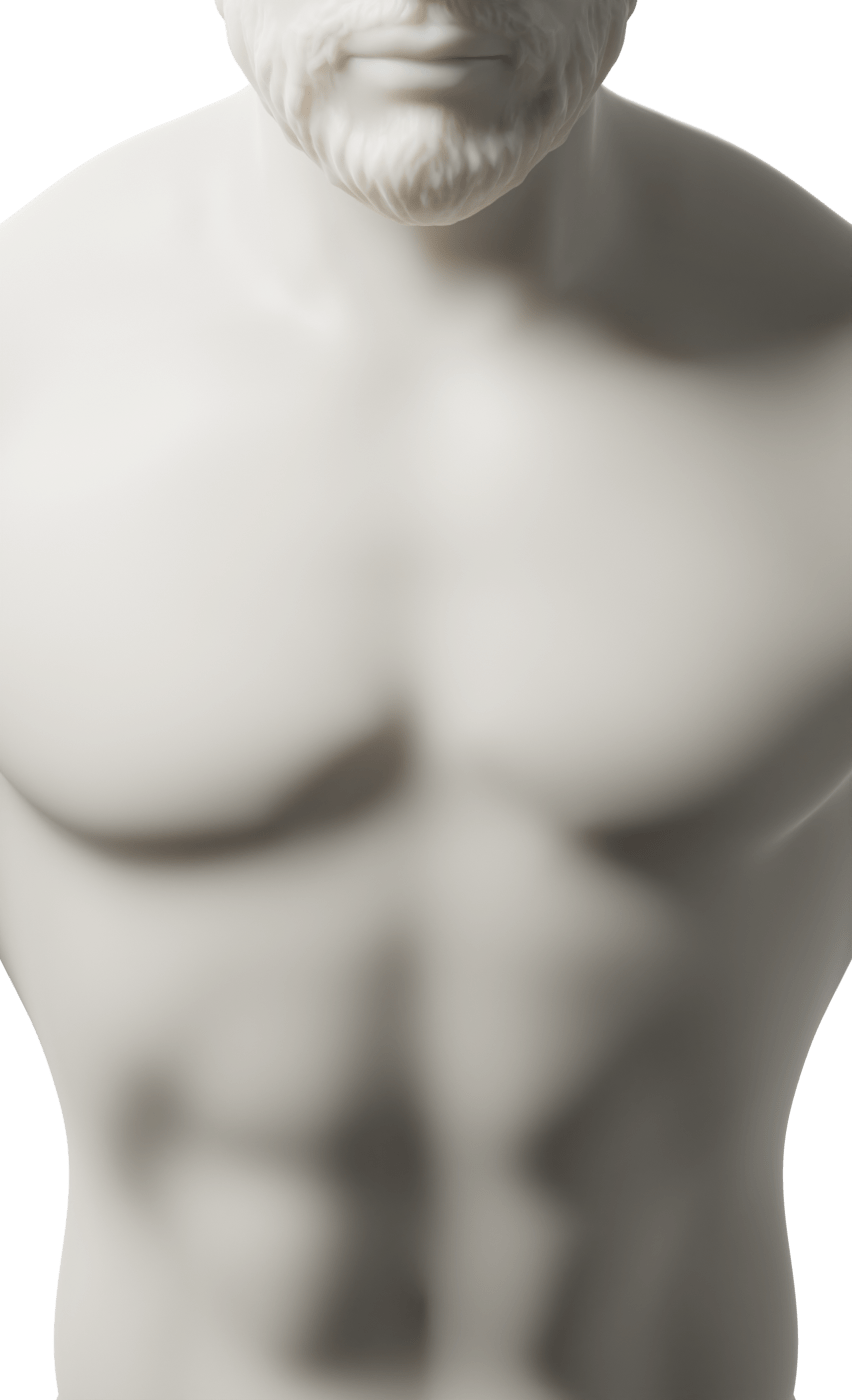Body Hair Transplants in New York City
Body hair transplants in Linkov Hair Surgery offer a unique solution for those seeking to restore hair in balding or thinning areas. When you want a hair transplant to cover balding or thinning areas on your head, that donor hair has to come from someplace on your body. Donor hair from another person never takes. It’s often necessary, then, to harvest hair follicles from your body. A body hair transplant is done on a calculated basis, weighing the source and the target areas. You may opt for a hair transplant from the body to the head or to a different part of your body. Get expert advice and techniques from our hair transplantation clinic in Manhattan. Call today for a consultation.

What Is a Body Hair Transplant?
A body hair transplant involves extracting hair follicles from areas other than your scalp. A skilled hair transplant specialist can then use the donor hair, as the extracted hair is called, in a hair transplant from the body to the head. A body hair hair transplant can implant hair on your scalp or in another part of your body.
It’s estimated that 35 million men and 21 million women in the US seek treatment for hair loss. Hair transplants for men and for women offer the best solutions, especially if medications like minoxidil or finasteride haven’t provided satisfactory results by themselves. The hair transplant experts at Linkov Hair Surgery use the latest medical innovations to address the various causes and different types of hair loss.

Patient Experience

Is All Body Hair Good for a Hair Transplant?
Technically speaking, all body hair is useful for hair transplants. The natural tendency of the body hair, compared to the area for the transplant, is what demands consideration. Each hair has unique characteristics — like texture, growth rate and density — that must match the transplanted area. Some plausible hair transplant with body hair areas include:
- Beard
- Chest
- Stomach
- Legs and arms
- Back
- Armpits
- Pubic region
Your leg and arm hairs are soft, providing a more natural look when implanted along your temple or hairline. Beard hair, on the other hand, tends to be much coarser, so it works better for areas that need a high-volume density. Pubic hair is similar to beard hair and is often used as a replacement in a beard transplant.

Why Body Hair Works for Hair Transplants?
Normally, you lose between 50 to 100 hairs a day. The problems caused by balding and thinning hair starts when the loss of hair overtakes hair production. The necessity for hair transplant from the body depends on certain criteria, such as:
- You can’t transplant hair donated from another person. Even if the person is a blood relative, the implanted hair doesn’t survive. Only donor hair from identical twins may work
- You may be transitioning from male to female and opt for a transgender hair transplant that usually entails hairline lowering or forehead reduction surgery to make your face softer and more feminine.
- Since you become your own donor for the hair, you must have sufficient hair follicles for the procedure.
- You are among the 11 percent of women who want an eyebrow transplant or the four percent men who’ve decided on a mustache or beard transplant.
- Your bald spot may be in an area that requires large density coverage with minimum hair implantation, which body hair offers.
How Does a Hair Transplant with Body Hair Work?
Diagnosis is the crucial first step in deciding if body hair or scalp hair becomes the source of your donor hair. Medical conditions — such as COVID-19, diabetes, polycystic ovary syndrome, an autoimmune disease, a thyroid imbalance or a hormonal imbalance — all contribute toward the health of your hair. You can also suffer hair loss due to a number of underlying conditions, such as androgenetic alopecia or folliculitis decalvans, which require a definitive diagnosis.
Another determining factor is the type of hair you have, as hair transplants for African Americans require expert knowledge about kinky and curly hair. The Norwood scale is used to assess male pattern hair loss, while the Ludwig scale is used to determine the different stages in female pattern hair loss. Once diagnosed, your doctor discusses the different surgical procedures available for a body hair transplant to the head or to another part of your body. Procedures include:
- Follicular unit extraction (FUE) This procedure uses micro-punches to extract single hair follicles and implant them in another location. No or minimum scarring has been observed with this procedure, and the results look more natural
- Follicular unit transplantation (FUT) This technique involves removing a strip of scalp from the nape of your neck, along with the hair, and transplanting the strip to another area. This method is useful when you need better coverage and fullness
- Neograft hair transplant This is a technologically advanced innovation for a minimally invasive follicular unit extraction. The procedure involves high level accuracy with minimum recovery time and no scalpels, staples, sutures or linear scars

Why Consult Body Hair Transplant Specialists?
Stories about celebrity hair transplants influence the decision-making of people all over the world. Yet during your consultation, your doctor determines if you’re a good candidate for any of the standard or alternative hair restoration methodologies, such as:
- Laser therapies
- Injections of corticosteroids
- Platelet-rich plasma (PRP) injections
- Even advanced stem cell therapy
- Microneedling
Consult the experts in body hair transplants because these doctors are up-to-date on the latest innovative treatments. Hair cloning, for example, is touted as the next best thing that could surpass hair transplants. Contact Linkov Hair Surgery in Manhattan to schedule a consultation with a top hair doctor. Hair transplants carry a 95 to 98 percent success rate.
Linkov Hair Surgery
150 E 56th St, #1A
New York, NY 10022
(212) 970-9404

